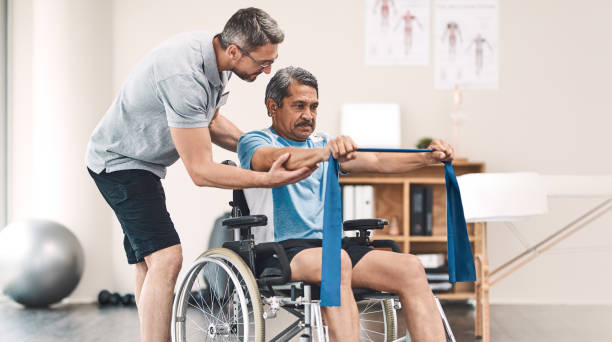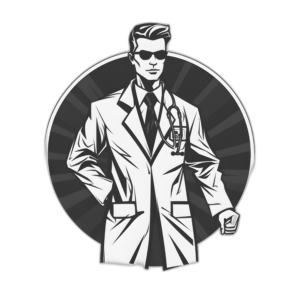Introduction:

Paralysis is a complex condition that profoundly affects individuals, altering their physical capabilities, independence, and quality of life. This comprehensive article aims to provide an in-depth understanding of paralysis, covering its causes, types, symptoms, diagnosis, treatment options, rehabilitation, assistive technologies, and the emotional and social aspects associated with living with paralysis. By shedding light on the multifaceted nature of paralysis, we hope to foster empathy, awareness, and support for individuals facing this challenging condition.
Understanding Paralysis:
Definition and Types:
- Paralysis defined: A loss of muscle function and sensation due to impaired communication between the brain and body.
- TYPES: Monoplegia, hemiplegia, paraplegia, quadriplegia.
Causes and Mechanisms:
- Spinal cord injuries: Traumatic and non-traumatic causes and the impact on paralysis.
- Neurological disorders: Stroke, multiple sclerosis, spinal cord tumors, and their effects on the nervous system.
- Other causes: Polio, Guillain-Barré syndrome, transverse myelitis, and peripheral nerve damage.
Symptoms and Diagnosis:
-
- Motor and sensory impairments associated with paralysis.
- Diagnostic procedures: Medical history evaluation, physical examinations, imaging techniques (MRI, CT scans), and nerve conduction studies.
Psychological and Emotional Impact:
-
- Coping with grief, loss, and adapting to a new reality.
- Psychological conditions: Depression, anxiety, adjustment disorders, and strategies for managing mental well-being.
- Addressing body image concerns and fostering self-acceptance.
Rehabilitation and Treatment:
Physical Therapy:
- Restoring mobility, strength, and coordination through targeted exercises.
- Gait training, range of motion exercises, and functional training.
- Assistive devices and orthotics to support movement and independence.
Occupational Therapy:
- Enhancing activities of daily living (ADL) skills and developing strategies for independent living.
- Adaptive equipment and modifications for home and work environments.
- Assistive technology to improve communication, computer access, and environmental control.
Medical Interventions:
- Surgical interventions: Nerve transfers, tendon transfers, and spinal cord stimulation.
- Pharmacological treatments: Managing spasticity, pain, and other associated symptoms.
- Emerging therapies and research: Regenerative medicine, neural interfaces, and brain-computer interfaces.
Assistive Technologies and Accessibility:
-
- Wheelchairs, mobility aids, and seating systems for enhanced mobility and comfort.
- Augmentative and alternative communication (AAC) devices for improved speech and communication.
- Home modifications and accessibility solutions to promote independence and safety.
- Accessible transportation and inclusive design in public spaces.
Emotional Support and Adaptation:
Psychological Counseling and Support:
- Mental health counseling to address emotional challenges and foster resilience.
- Peer support groups and online communities for sharing experiences and advice.
- Family counseling and education to facilitate adjustment and support networks.
Vocational Rehabilitation and Employment:
- Career counseling and job retraining programs to facilitate meaningful employment opportunities.
- Workplace accommodations and accessibility initiatives.
- Entrepreneurship and self-employment options.
Personal Stories of Resilience and Triumph:
-
- Inspiring narratives of individuals living with paralysis, highlighting their achievements and perseverance.
- Overcoming challenges, pursuing passions, and making a positive impact.
- Celebrating the diversity and resilience within the paralysis community.
Conclusion:
Paralysis presents unique challenges, but advancements in medical knowledge, rehabilitation techniques, and assistive technologies continue to offer hope and improved outcomes for individuals living with paralysis. By fostering understanding, empathy, and accessibility, society can support and empower individuals to lead fulfilling lives. Together, we can break down physical and attitudinal barriers, champion inclusivity, and ensure that individuals with paralysis are recognized for their abilities, accomplishments, and valuable contributions to society.

